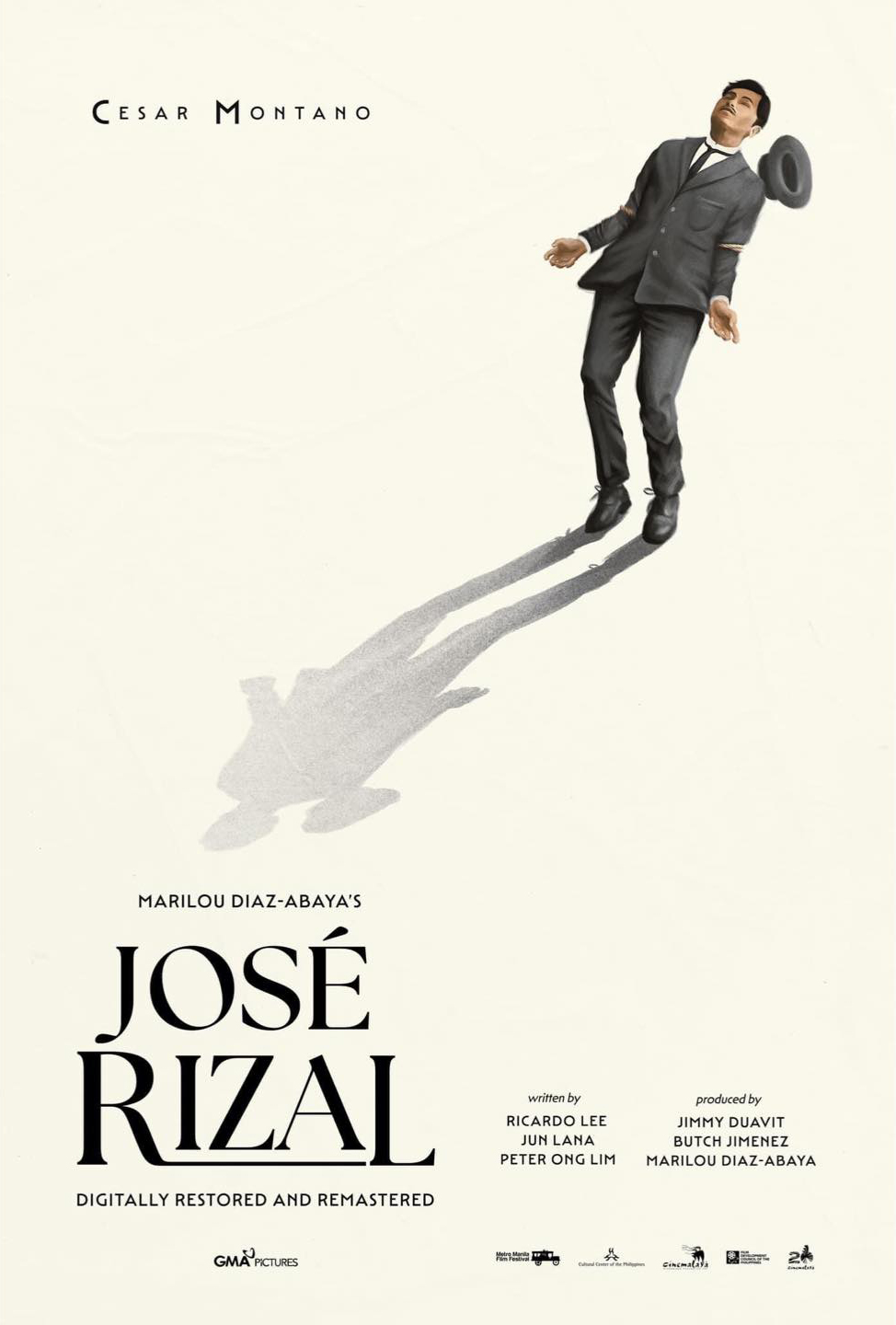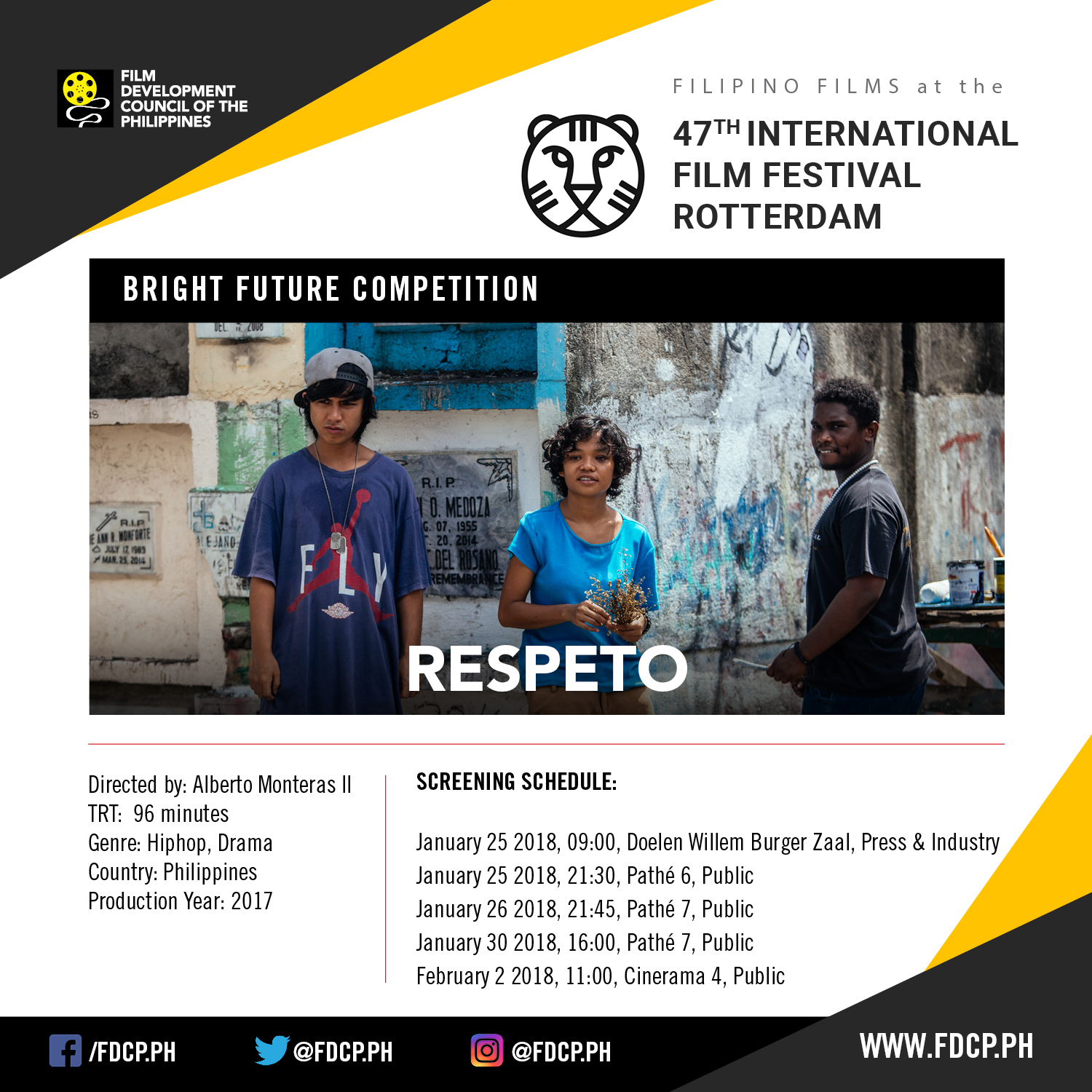Cinemalaya 20 Reminisces and Revives with Digital Classics: Restored, Remastered
While it ushers new ways of telling stories and introducing groundbreaking filmmaking trends, the Cinemalaya Philippine Independent Film Festival pays homage to its cinematic roots that have expanded the Filipino identity and changed the Philippine filmography through the Digital Classics, a constant component of the film festival featuring remastered films.
Following the theme “Cinemalaya Bente: Loob Lalim Lakas,” the film festival reintroduces RIZAL by National Artist Marilou Diaz-Abaya; MISTERYO SA TUWA by Abbo Q. Dela Cruz; and National Artist Ishmael Bernal’s IKAW AY AKIN.

In partnership with GMA Films, the special screening of Rizal will be on this award-winning film premieres on August 7, at 4 p.m., at The Metropolitan Theater.
Written by National Artist Ricky Lee, Jun Lana, and Peter Ong Lim, the classic film unpeels the many layers of the Philippine National Hero, Dr. Jose Rizal. Produced in 1998 and restored in 2024, this iconic film presents Rizal before he became the man who inspired a revolution, a flawed human being who found his strength within.
Cesar Montano headlines as Jose Rizal, with actors Joel Torre, Jaime Fabregas, Gloria Diaz, Gardo Versoza, Monique Wilson, and Chinchin Gutierrez. Mickey Ferriols, Pen Medina, Peque Gallaga, Bon Vibar, Subas Herrero, Tony Mabesa, Alexis Santaren, Chiqui Xerxes-Burgos, Archi Adamos, Fritz Ynfante, and Jhong Hilario completing the cast.

To be screened on August 7, 2:30 p.m., at Ayala Malls Manila Bay Cinema 9, Misteryo Sa Tuwa probes into the intricate changes people undergo in the blink of an eye. Impoverished friends Masiong, Ponsoy, and Jamin rush to a plane’s crash site to plunder the victims’ valuables. After they uncover a large sum of money, the town mayor gets greedy and their lives are endangered
The thriller features Johnny Delgado as Masiong, Tony Santos Sr. as Ponsoy, and Ronnie Lazaro as Jamin. They star alongside Alicia Alonzo, Lito Anzures, Amable Quiambao, Maria Montes, Robert Antonio, Mario Taguiwalo, Ray Ventura, Mely Mallari, Vangie Labalan, Perry Fajardo, Romeo Igloria, Susanna Faller, Ben Deliña, and Wilfredo Saludares.
Using the five Positive Prints, the only existing film materials, the 2K-restoration is at the maximum level with only a few missing frames through the dedication of over 250 artists. The restoration took 3,440 hours in 2019.

Ikaw ay Akin, with a special screening on August 9, 2 p.m., at Cinema 2 at Ayala Malls Manila Bay, follows horticulturist Teresita, her long-time sweetheart Rex, and his new lover Sandra. The iconic film explores the clashing complexities of humans in love. After its premiere in 1978, the film became a classic for its experimental long shot of a confrontation scene where characters used only their eyes, popularizing the “mata-mata” acting.
Written by Jose N. Carreon, it stars Superstar Nora Aunor as Teresita and Christopher de Leon as Rex. Star for All Seasons Vilma Santos is Sandra. Nick Romano, Ellen Esguerra, Zandro Zamora, Odette Khan, Ven Medina, Ernie Zarate, Angel Confiado, Renato Requiestas, Ricky Rivero, Ogie Sanchez, Eddie Recto, Rose Gacula, Joey Sison, Cris Vertido, Anton Juan, Catherine Santos, Charmie Benavidez, and Andrea Andolong complete the cast.
Restored in 2015 in partnership with Central Digital Lab Inc. (CDL), the film underwent a tedious but rewarding process that took 2,505 hours to reach high definition. All three films have been remastered with hundreds of restoration artists who painstakingly and dedicatedly worked using the magic of technology.
Through a partnership with the National Commission for Culture and the Arts (NCCA), the Metropolitan Theater resumes celebrating traditional Filipino performing art forms, including indigenous musical and dance forms. Fulfilling its goal of championing the Filipino identity through the performing arts, the only existing art deco building in Asia continues to be a part of the Cinemalaya experience after reopening in 2021.
Cinemalaya encourages both artists and audiences to find inspiration and learn from the classic films that have paved the way for Philippine cinema into what it is today.

